Why the future of Scotland's native red squirrels is so precious
Twenty-one years ago, it was neatly manicured, mown to within an inch of its life.
While I have been on this small Highland Perthshire farm, I have planted thousands of trees and shrubs and let the grass grow longer.
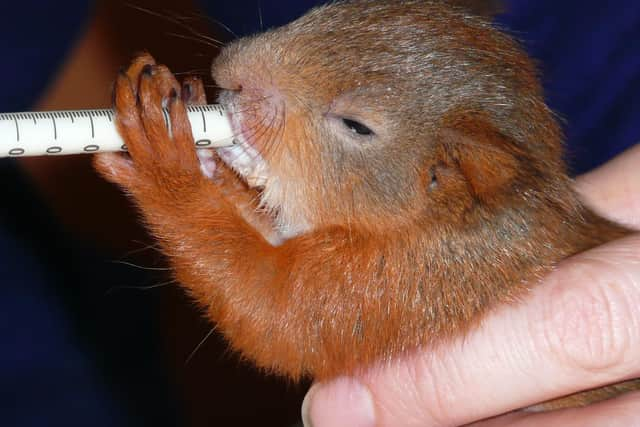

Advertisement
Hide AdAdvertisement
Hide AdIt overflows with wildflowers, where invertebrates buzz and click, and moths, bees, and butterflies feast on nectar.
The trees and hedgerows reach for the skies, and wildlife has return.
A cock blackbird shines like ebony from a cherry tree, his sweet arias fill the morning as I sit watching three red squirrels racing around its trunk.
It's the breeding season and there will be second litters. Squirrels are nature’s finest sylvan acrobats – mischievous, playful and enchanting.
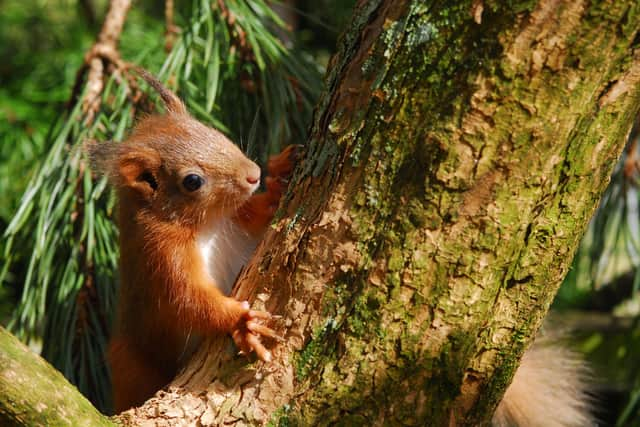

The history and natural history of the red squirrel is fascinating. It’s hard to imagine that one of the nation's best-loved mammals was hunted to near extinction due to the perceived damage it posed to forestry.
Landowners paid their keepers a bounty for that glorious tail – its fifth limb that it uses like a tightrope walker's balancing pole, or as an umbrella, parasol or blanket – a vital tool for signalling intention and humour to other squirrels, or anything that is a threat.
Until as recently as 1981, when it became legally protected by the Wildlife and Countryside Act, it was acceptable to kill our native squirrel.
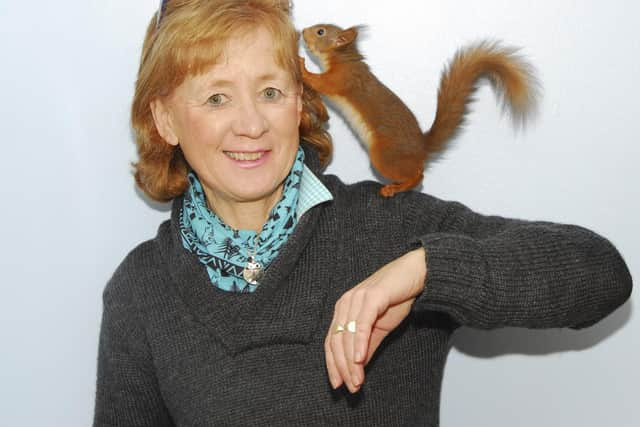

Squirrels have been a part of my psyche since my earliest childhood.
Advertisement
Hide AdAdvertisement
Hide AdGrowing up on the remote Ardnamurchan peninsula, I saw otters, seals, eagles and deer most days and was fortunate to have lived in the era of the last wildcats and saw them too.
However, the red squirrel was not present in the wind-sculpted oakwoods of the frayed Atlantic edge, but Beatrix Potter’s Tale of Squirrel Nutkin was a favourite book.
When Potter wrote it in 1903, squirrel hunts were commonplace and she can have had little idea that her words and pictures contributed to a change in our attitudes.
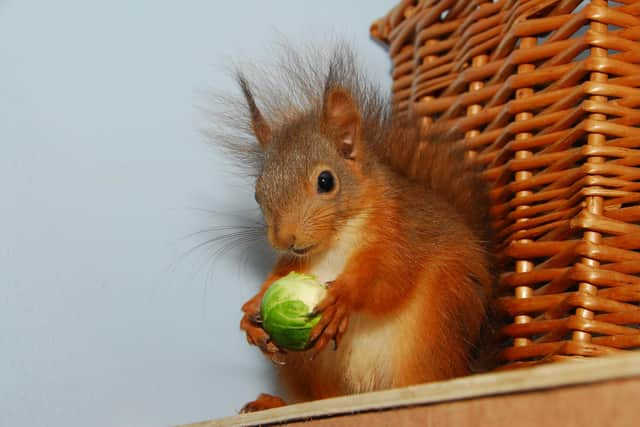

Perception is a curious aspect of human nature – sadly, we slot our wildlife into categories – good and bad.
Though the red squirrel is now firmly in the good category, we have a long way to go with many other species.
Is it too much to hope that there will be a paradigm shift in our attitudes as we accept that every living thing would fit seamlessly together if we would only let it?
Over the past 30 years, I have come to know the red squirrel well. Many litters of orphan kits pass through my hands – most return to the wild.
As with all the wildlife I hand-rear, there are inevitable heartbreaks. Even that euphoric moment of release is fraught with nerves – how will they fare faced with an increasing number of hazards?
Advertisement
Hide AdAdvertisement
Hide AdAs I sit in our kitchen in the sultry small hours of a summer night, and the tawny owls raising a brood in the old chimney of the adjacent bothy fill the air with their shrieks, I hold tiny, naked kits in my hand while gently feeding them.
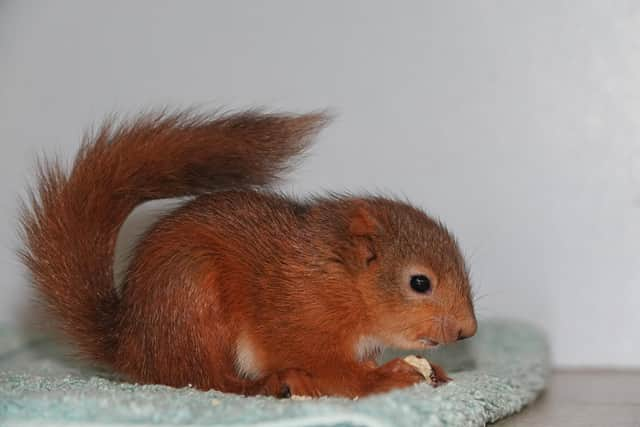

They wriggle, emitting heart-rending little sounds, their extraordinary hind feet with their double-jointed ankles noteworthy even at this stage.
Red squirrels remain dangerously close to extinction – loss of native woodland, urbanisation, busy roads and disease are ever-present threats.
A world without these precious little rodents is unthinkable, which is why we must plant for their secure future, for in saving squirrels, we will be saving so much else, including us.
- Polly Pullar is the author of A Scurry of Squirrels – Nurturing the Wild, published by Birlinn, £14.99
Comments
Want to join the conversation? Please or to comment on this article.
